You can’t talk about good health and proper nutrition without focusing on hydration as physical dehydration can land you in the emergency room. But eating dehydrated food can have quite the opposite effect on your body. The dehydration process seals in nutrients and provides delicious snacks with a long shelf life. Dehydrated food can be paleo and keto friendly and an excellent addition to all diets.
During the stay-at-home order, I started dehydrating food so I would always have healthy food on-hand should there be an emergency, but the real benefit I found is I can buy large quantities of healthy produce in season and dehydrate it for use during the year without sacrificing nutritional value. Also, this is a great way to have backpack-ready food for hiking or day trips. One other benefit is dehydrating food can be a fun and productive hobby.
Food dehydrators range from about $40 for a four-tray model to $100+ and even several hundred dollars for 10-11 tray units that are more industrial grade. Important features to look for include stainless steel trays and BPA-free plastic. Just to give you an idea of capacity, the model I bought has six trays and it took me 12 bananas to fill it.
I want to share some facts I learned in my research and tips I have discovered about the process of dehydrating food.
Benefits of dehydrating food
- Significantly more nutrients are retained through dehydration than other preserving processes. Canned food loses 60-80 percent of its nutritional value; frozen food loses 40-60 percent, but the dehydration method only experiences a 3-5 percent nutrient loss.1
- Dehydrated foods are easier to store; they take up less space and dehydrated food weighs about 70-94 percent less than its original state.2
- If done properly, the shelf life for many dehydrated produce items is more than 20 years!3
- As we live in an area that is prone to rolling black-outs and earthquakes, dehydration is personally preferable to freezer food storage which could be lost during a power outage.
- You can dehydrate almost anything – from fruit and vegetables to meats, cheese, eggs, bread, yogurt drops and more. (I can’t wait until my herb garden is ready to harvest!)

Tips I wish I knew before I started:
Allow ample time. It is not uncommon for some foods to require 12 hours to dehydrate. Since I do not like the thought of having the dehydrator run while I sleep (I’m sure it’s safe BUT…), this means being ready to spend time prepping early so it is completed before bedtime.
Determine your storage in advance. Glass Mason jars or a vacuum sealer are best, with zip lock bags running second. I have no desire to buy another kitchen tool (vacuum sealer), so, I use jars and bags. Oxygen packs are recommended to include in jars and bags. I bought these cheaply on Amazon.
Some fruits need special preparation. Some foods (like apples and bananas) should be coated in lemon juice or citric acid prior to dehydrating. I bought powdered citric acid (also not expensive), and it is used in very small amounts. An additional tip when coating fruit is to use a spray bottle rather than a bowl of water with lemon/citric acid it in. That’s much simpler.
If you’re inspired to join me in this dehydrating journey, experiment with a few items, and share your favorites in the comments section of this article.
Tricia Gehrlein of Morongo Valley is a population health consultant with Elemental Advisors and can be reached at tricia@elementaladvisors.com.
References:
1) https://foodassets.com/info/dehydrated-food-versus.html;
2) https://foodassets.com/info/dehydrated-food-versus.html;
3) https://foodassets.com/info/bulk-food-shelf-life.html
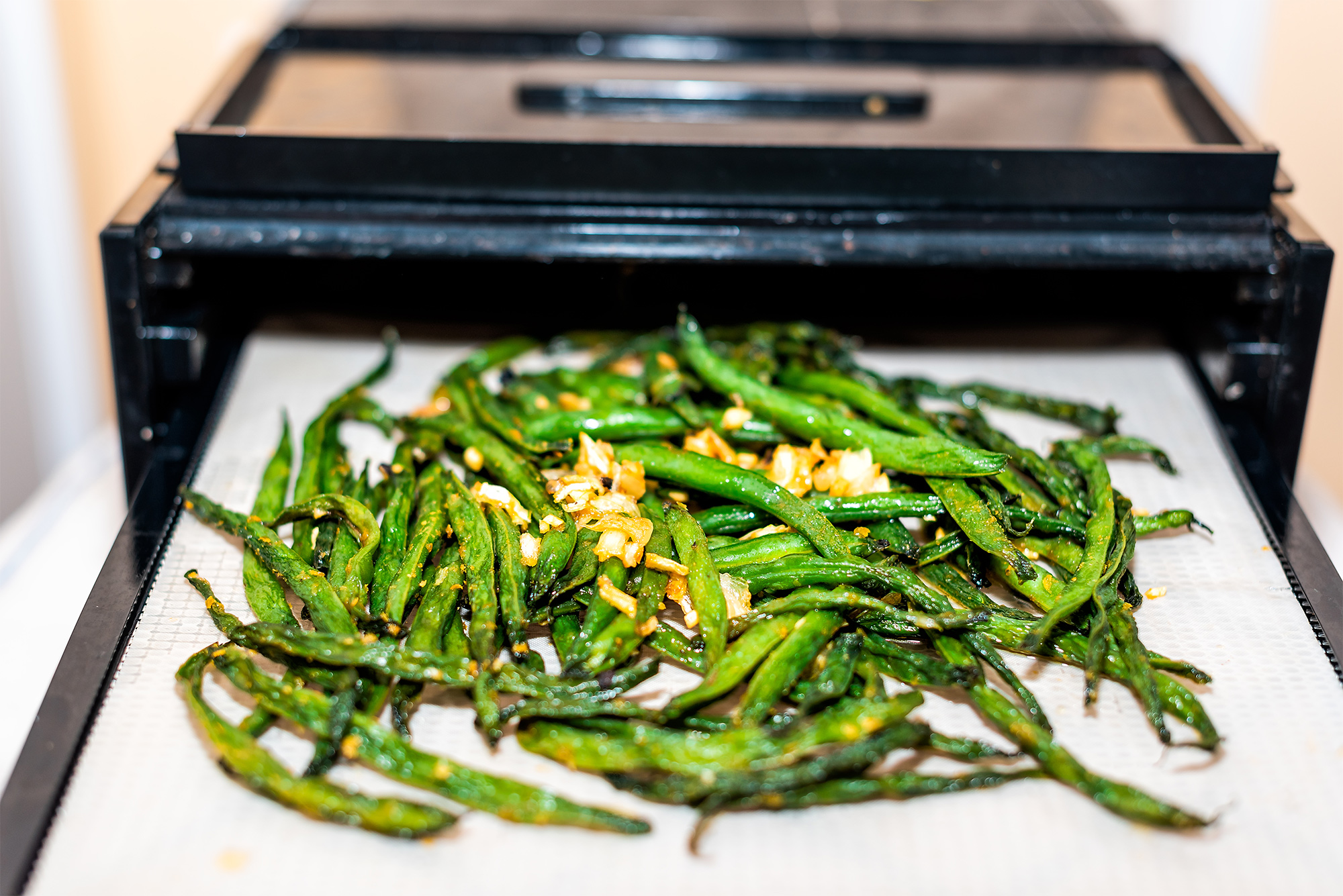



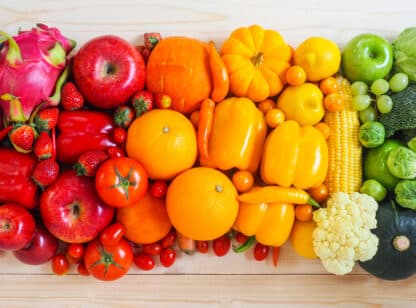
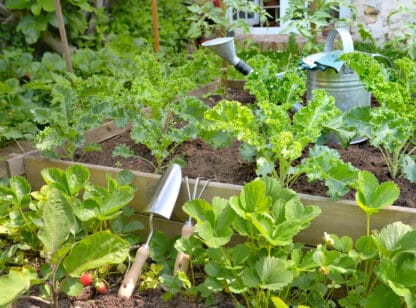
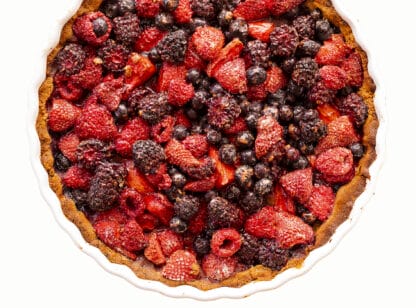


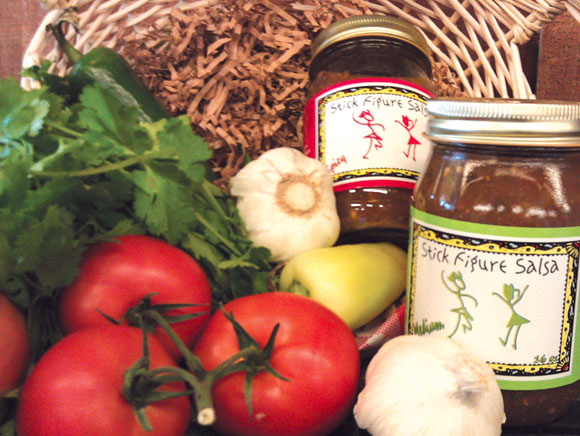
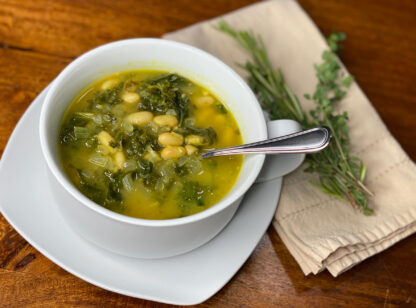
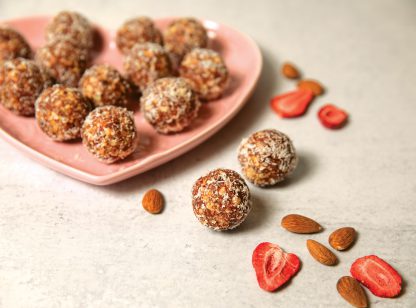


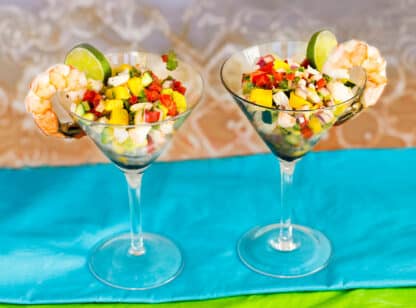
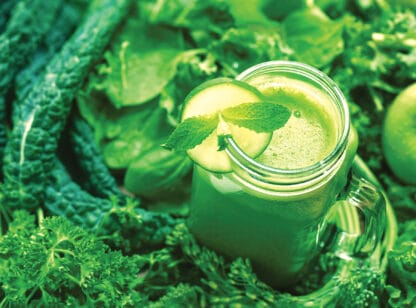

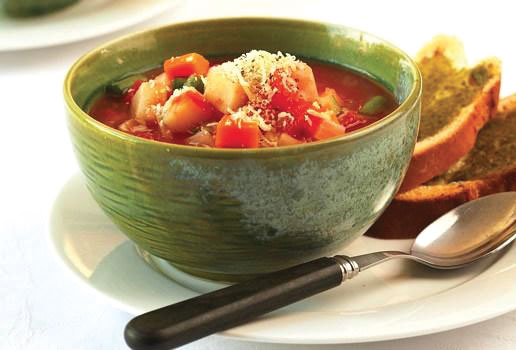
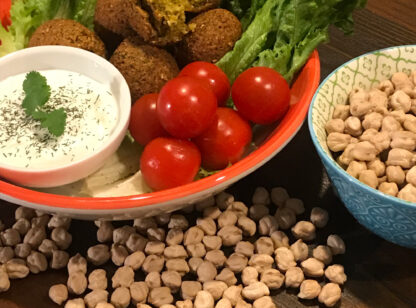
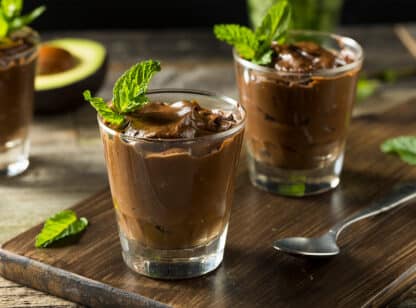
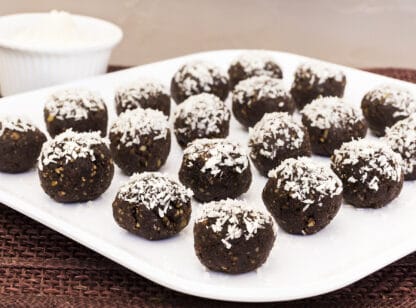





























Comments (0)